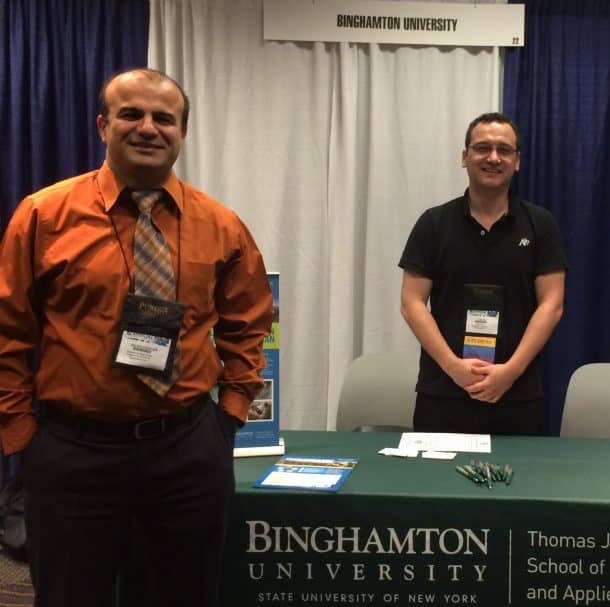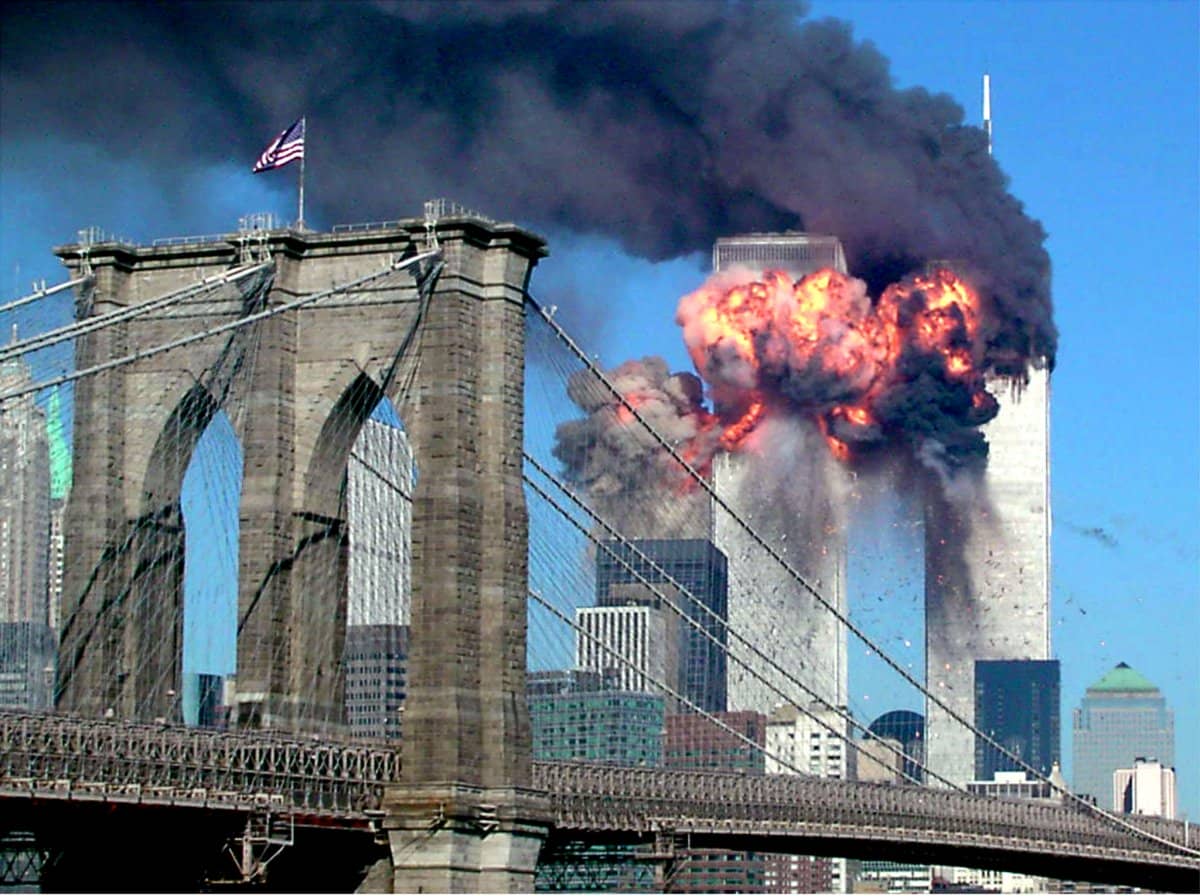The world has come to such a point where each day is marked with a terrorist activity here and there. All of these activities seem to be random, most having no connection with each other. However, in reality, there is a pattern to all these activities that an engineering team at the Binghamton University – State University of New York (SUNY) has identified.
At the Binghamton University, an engineering team from New York has developed a framework that can track terrorist attacks around the world. The Networked Pattern Recognition (NEPAR) Framework finds patterns in the data that otherwise doesn’t seem to exist. It has already compiled the data from over 150,000 terrorist attacks from 1970 to 2015. The framework studies the relationship between previous attacks and uses it to identify characteristics of future terrorist attacks.

The framework was developed by Salih Tutun, a P.hD. Candidate, who was assisted and advised by Muhammad Khasawneh, who is aprofessor of Systems Science and Industrial Engineering (SSIE) at the Binghamton University. When the results generated by the framework were compared with the existing data, it showed that the method was able to identify terrorist activities with an accuracy of over 90%. Some previous findings have suggested that the terrorist groups, even though working individually, learn from the actions and mistakes of other groups. The data from Tutun’s findings endorses it. Tutun explained his work and motivation, by saying:
“They are learning, but they don’t know they are learning. If we don’t have social media or other technologies, we need to understand the patterns. Our framework works to define which metrics are important. Based on this feature, we propose a new similarity (interaction) function. Then we use the similarity (interaction) function to understand the difference (how they interact with each other) between two attacks. For example, what is the relationship between the Paris and the 9/11 attacks? When we look at that, if there’s a relationship, we’re making a network. Maybe one attack in the past and another attack have a big relationship, but nobody knows. We tried to extract this information.”
Tutun admits that the framework has its problems as it is capable of analyzing the incidents only and not the interactions that led to these attacks. Another issue with the network analysis is that it considers an overly broad spectrum, but he is planning to improve the algorithm. He says,
“Predicting terrorist events is a dream, but protecting some area by using patterns is a reality. If you know the patterns, you can reduce the risks. It’s not about predicting, it’s about understanding. When you solve the problem in Baghdad, you solve the problem in Iraq. When you solve the problem in Iraq, you solve the problem in the Middle East. When you solve the problem in the Middle East, you solve the problem in the world.”
Tutun’s attempt is not the first one in the area; there have been numerous others, and there will be more. We anxiously wait for a time when the dream of eliminating terrorism comes true, and the world no longer fears it.
We would like to know your thoughts on this technology. Comment below!


